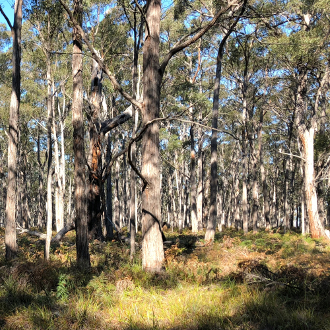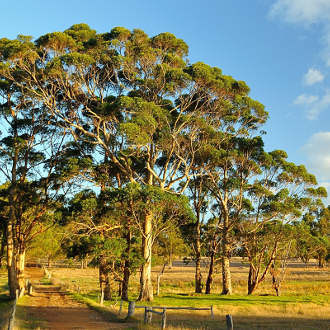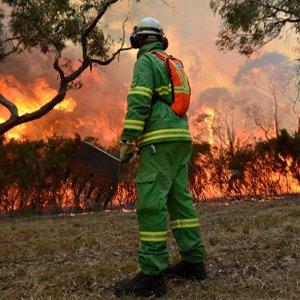Final Qld Wind Farm Code Released

The Queensland Government has released the final version of the Wind Farm State Code and Planning Guideline and is now in force for all new wind farm projects. The Code has been introduced to provide a consistent approach to assessing wind farms, which often involve complex applications and project designs that balance a range of competing factors.
The Code and accompanying guideline makes the State, through the Department of Infrastructure, Local Government and Planning (DILGP), the assessment manager for proposed wind farm applications that propose to generate electricity for use off-site. Turbines that are installed to generate electricity mainly on the premises for domestic or rural use are not captured by the Code, nor are applications for turbines that is not a material change of use application.
The Code will be implemented through the State Development Assessment Provisions (SDAP) as Module 20 and applicants will be required to submit applications to the State Assessment and Referral Agency (SARA).
The Code requires wind farms to demonstrate how potential impacts to ecological values have been identified, assessed and managed and projects must meet performance outcomes. The accompanying guideline provides a methodology for an Ecological Assessment and this includes:
- A desktop assessment of available information to identify any bird and bat species which may be impacted by the project
- Field surveys to map the vegetation and identify flora and fauna species
- Species-specific studies to obtain more information about flora and fauna (particularly birds and bats) that may be at risk from the development
- Develop avoidance, mitigation and offset strategies to minimise or mitigate impacts on species if required
- ​Outline implementation processes for monitoring programs associated with the construction and operation of the wind farm development.
The Code utilises the BACI method (Before and After Control), which has been used in other states to show the relative use of a proposed site by significant bird species. The method requires the survey of reference sites outside of the influence of the proposed turbine location and at the time of year appropriate to detect the species being targeted.
Similarly, surveys for bats (specifically microbats) would be required as some species are at risk of impact from turbines due to the height at which they normally hunt for food. Currently, only identification of what species are present within the area is possible and bat detectors are normally attached to the wind monitoring mast to determine the presence of those species present within the rotor swept area. Radar has been used on some projects to gain an appreciation of the number of bats present; however, these systems have limitations.
Contact
If you would like to know more about the Wind Farm State Code and Planning Guideline, please contact us on 1300 839 325.














